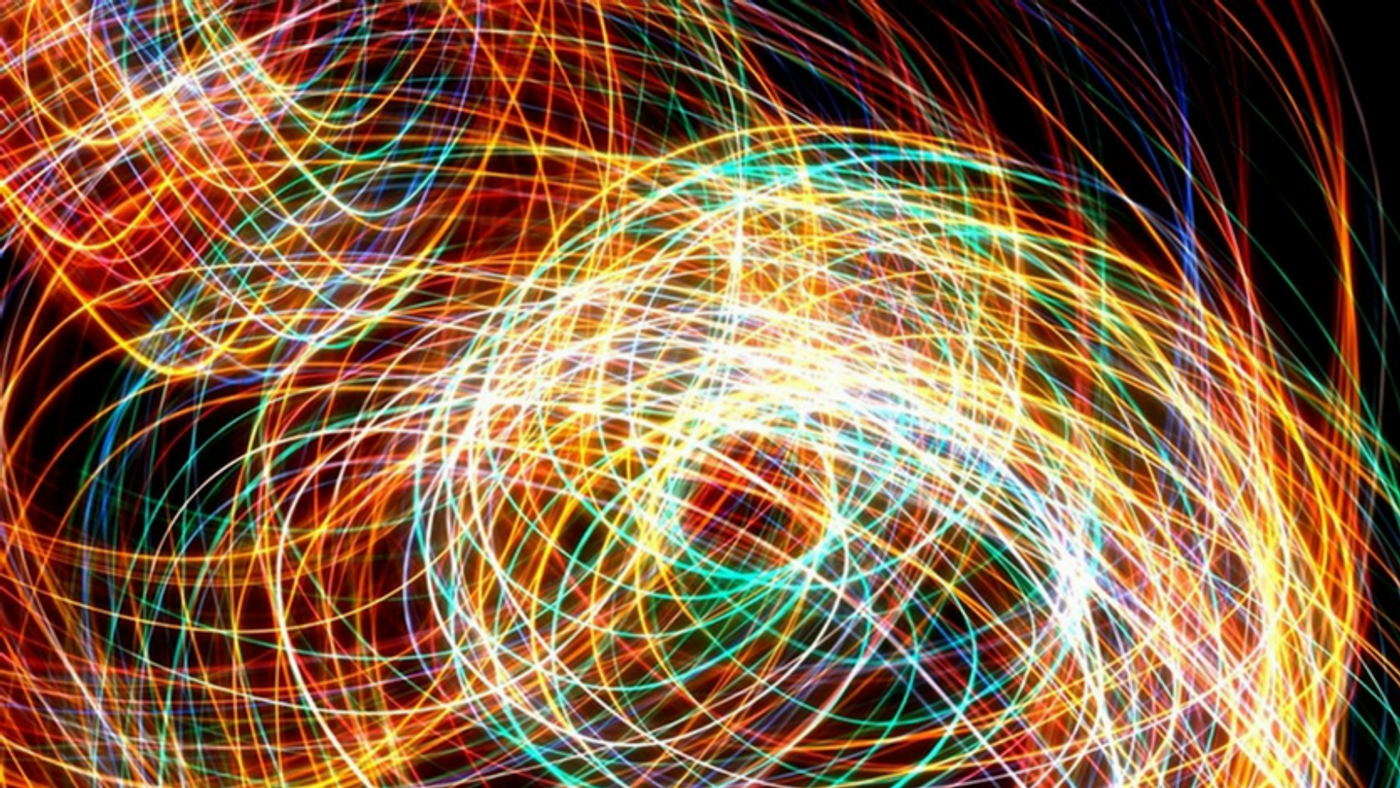See Chemistry Behind The Quantum Lens
Quantum mechanics is the fundamental framework established by physicists to describe the happening in the microscopic, subatomic world. In chemistry, chemical reactions, which involves gain and loss of electrons and transformation of molecules, can well be explained in quantum mechanics.
In fact, quantum chemistry, also known as molecular quantum mechanics, is just branch of chemistry whose purpose is to interpret chemistry through quantum modeling and chemistry experiments. Without thorough understandings of the transition state of reactants involved, particularly in quantum perspective, chemistry can be a confusing and exhausting sport.
Two recent publications from a research group at the University of New Mexico (UNM) shed light on the quantum mechanisms behind chemical reactions and provided experimental chemists much needed theoretical interpretation for their observation.
With collaborators in UC Berkeley, the UNM team zoomed in on a seven-atom reaction: F + CH3OH → HF + CH3O, using a technique called slow photo-electron imaging spectroscopy. The focus of their investigation was on a unique anion CH3OHF−, which was prepared by the Berkeley group. CH3OHF− shared the geometrical similarity with the transition state of the corresponding neutral reactions.
The researchers used the spectroscopic method to acquire resonance signatures (known as vibrational Feshbach resonances) of the anion. The resonances are extremely sensitive to the topography of the reactive surface, thus they provides exceptional comparison with the values that are calculated based on quantum theory. As expected, their quantum calculations yielded results that were agreeable with the spectral measurements.
"We can actually predict what these quantum states look like and that's what they see in experiment," said Hua Guo, professor of chemistry at the UNM and the group leader. "As it turns out, our theory can actually pinpoint what the spectral peaks are coming from. In this case, these peaks correspond to the so-called Feshbach resonances."
In the second study, Guo’s team explored the quantum mechanical nature of a particular type of reaction called isomerization, using the same transition state spectroscopy technique. In chemistry, isomerization is the process through which one molecule is transformed into another form of arrangement with the identical atoms. Hydrogen migration between adjacent carbons is a common mode of isomerization.
It is known that the hydrogen migration-based isomerization requires vibrational motions to overcome the energy barrier so that the reaction can happen. But no one has a clue which vibration was involved during isomerization till now. Guo’s group showed that it involved a quantum phenomenon called tunneling. "Tunneling is what scientists call a quantum mechanical property because hydrogen is very light, it's quantum mechanical, and it can sometimes tunnel. We have evidence showing that," said Guo.
Quantum tunneling describes a scenario where a particle tunnels through an "insurmountable" energy barrier, countering the prediction of classical physics. It plays an essential role in several physical phenomena, such as nuclear fusion.
Guo further explained: "I would like to view this like when you ski. You go up to a hump, and then you go all the way downhill. Energetically that's what happens. The tricky thing with molecules is that it doesn't go over the hump, it goes underneath and tunnels through."
Is Quantum Tunneling Faster than Light? Credit: PBS
Source: phys.org/Nature Chemistry/Science









